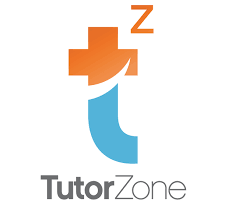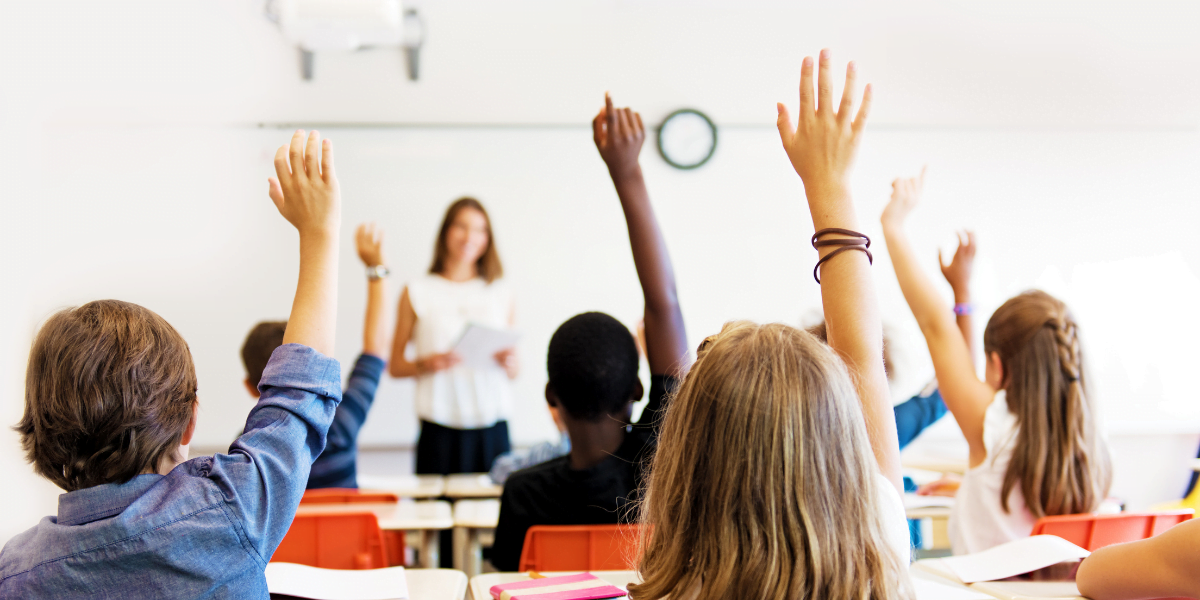Assuring all students have the opportunity to succeed in school is a priority of many parents and educators. Therefore, it is no surprise that large classroom sizes have caused great concern. Class sizes have been one of the main factors that can affect the quality of student learning ; the more crowded the classroom, the more detrimental to the students.
Large classroom sizes have a higher chance of distractions and are likely to have fewer opportunities for students to participate in activities, such as group discussions. Nicole Gonzales, a middle school teacher, commented in an interview with WeAreTeachers.com, on how it became “increasingly more difficult” to recognize struggling students because they became “invisible” in large class settings. Additionally, students in large classes receive less individualized attention, which one elementary school teacher, Mariana Anaya, echoes in an interview with WeAreTeachers.com: “Unfortunately, most students required one-to-one assistance and intervention throughout the entire day. It was devastating for me because so many children needed help; but with such a large group, it was impossible to meet the various levels of students.”
Has It Always Been This Way?
According to the latest research from the National Center for Education Statistics (NCES), the five states with the most overcrowded elementary classrooms in 2018 were Oregon, Utah, California, Michigan, and Idaho. As for secondary schools, California took first place followed by Nevada, Utah, Michigan, and Florida. It is important to note that in these statistics, the difference in the average elementary class size between the top three states (Oregon, Utah, and California) is nearly 0.1. This is not the case for high school classrooms as California took a huge lead by having the highest average class size of 29.3 compared to Nevada’s 28.8 and Utah’s 28.1.
Historically, California has consistently been one of the top states with the most crowded classrooms. In 2012, the average for California’s Elementary classroom sizes was 25 – 32 for secondary students, placing California first for having the highest average for both instruction levels for that year. For 2000, California’s average for elementary classes was 22.4 students while the secondary classes average was 28.5. While placing 7th for the highest average for elementary, California placed first for secondary for this school year. Although there haven’t been recent updates from NCES, the Los Angeles United School District (LAUSD), California’s largest school district, has publicly released its latest statistics of its average classroom sizes. In this data, the average class size for the 2021-2022 school year was 24 for TK-3rd grades, and 30 for 9-10th graders.
Many researchers discuss what the ideal number is and according to HMHCO.com, the ideal class size that would be the most beneficial to student learning is 18. This would “allow the teacher greater proximity to the students” and therefore lead to “more opportunities for one-to-one and small-group instruction”. Unfortunately, for nearly two decades, California had an average of 25 students in elementary school classrooms and 30 in secondary school classrooms.
STAR Research
Many studies have been conducted to understand the short and long-term effects of classroom sizes on student learning. One of the studies often referenced by many researchers is the Student/Teacher Achievement Ratio (also known as STAR) project. Conducted in Tennessee in 1985, this experiment evaluated 6,500 kindergarten students from approximately 80 schools for over four years. The goal of Project STAR was to determine how classroom size would affect student performance, therefore the classes were divided into three types:
- Small class(or SC), 13-15 student classrooms
- Regular class, 22-25 student classrooms
- Regular class, 22-25 student classrooms with a full-time teacher’s aide
Standardized tests were utilized to compare student progress in the project, and the results showed that while the students in both types of regular classes did about the same, the SC students scored higher. Additionally, Project STAR found that after four years, the SC students were around two to five months ahead in comparison to their peers in the regular-size classes. Astonishingly, the SC students continued to benefit even after Project STAR concluded. When the SC students returned to regular-size classes, they continued to perform better. By eighth grade, they were ahead of their regular-class peers by almost an entire school year.
Conclusion
Manuel Bermudez, CEO of Tutor Zone, comments that small classroom sizes are an “ideal setting for learning” because the students can have “lessons customized to (them)”. He believes this can ensure that the student is “challenged enough or catered to in terms of areas of deficiency”. Small group learning is one of the best methods to provide students the opportunity to succeed in their educational careers. So what can you as a parent do to ensure that your child receives the education they need? Private schools continuously vocalize that one of the benefits of putting students in private institutions is that they can provide small classrooms. Unfortunately, it comes at a high price as these institutions can average to around $35,000 in tuition for an academic school year. However, at Tutor Zone, we are dedicated to providing personalized learning spaces at an affordable price. With our individual and small group sessions, we are determined to always provide a space where our students can prosper.
By Jessica Rivera
Additional Sources Referenced
- Bermudez, Manuel. Interview. Conducted by Jessica Rivera. 13 October 2022
- https://www.chicagoacademic.com/our-blog/bid/222991/the-adverse-effects-of-larger-classrooms-on-today-s-students-0#:~:text=Larger%20classrooms%20lead%20to%20less,the%20students%20with%20unanswered%20questions.
- https://www.weareteachers.com/large-class-sizes/
- https://www.hmhco.com/blog/class-size-matters#:~:text=Researchers%20generally%20agree%20a%20class,class%20 size%20is%2018%20kids.
- https://www.usnews.com/education/k12/articles/does-your-childs-class-size-matter
- https://edsource.org/wp-content/uploads/old/STAR.pdf

